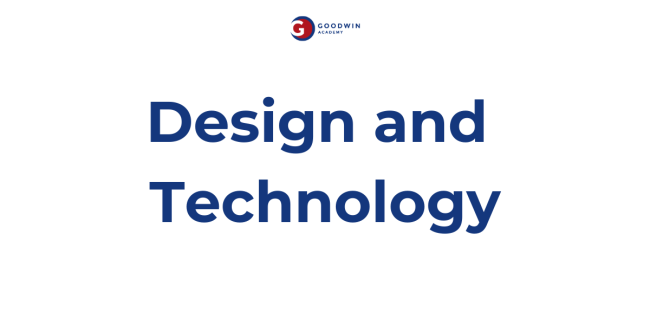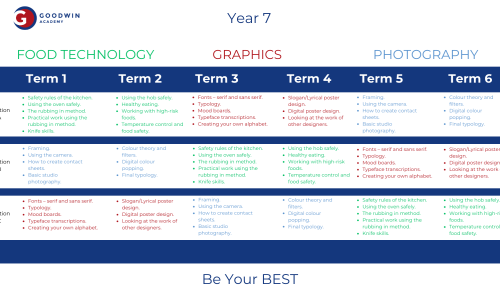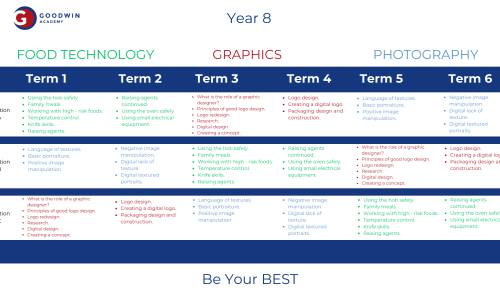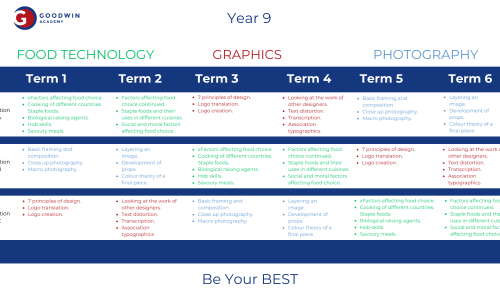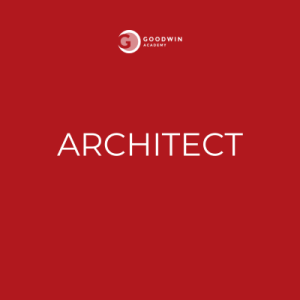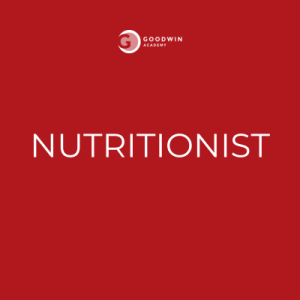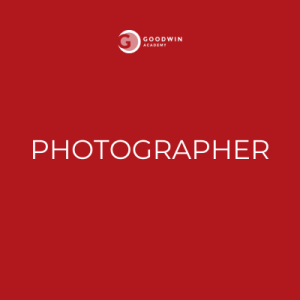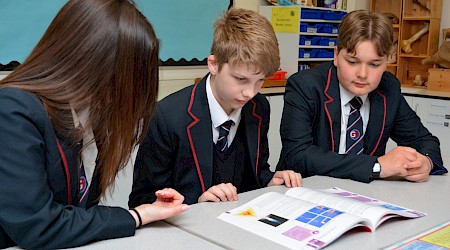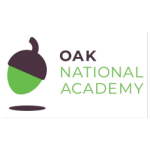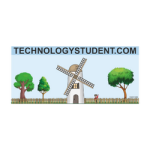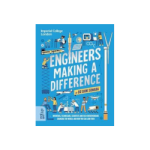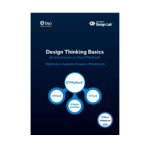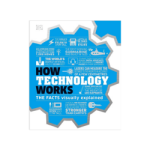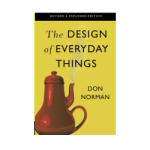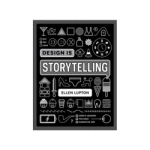KS3, Years 7,8 & 9 Design and Technology
To ensure all students leave school with a variety of skills, they will experience time in each of the subject disciplines (Graphics, Food Technology and Photography) throughout Key Stage 3.
The aim of Design and Technology is to provide students with the opportunity to combine practical and technological skills with creative thinking and to design and make products and systems that meet human needs.
Students are taught to use new technologies and the impact of future technological developments. Students learn to think creatively and intervene to improve the quality of life, solving problems both as individuals and as members of a team.
To support all students, including SEND we focus on effective teaching principles that include the sequencing of skills and knowledge. Previous knowledge is built upon, whilst introducing new ideas and concepts that still allow student creativity. All students will undertake, and be expected to complete, the same learning journey, with additional support, scaffolding and challenge provided according to their needs.
Graphics
Year 7, 8 and 9 pupils will l how to create visually appealing products that convey certain messages or information. They will learn how to focus on branding, typography, layout, and the overall principles of design composition.
Photography
Year 7, 8 and 9 pupils will explore producing images using digital methods of development and production to create static or moving images. They will learn how ideas, themes, subjects and feelings can inspire creative responses informed by different styles, genres and aesthetic considerations of an individual's distinctive view of the world.
Food Technology
Year 7, 8 and 9 pupils will experience a wide range of activities, aimed at inspiring a love of food whilst acquiring the theoretical knowledge and practical skills to gain success at Food Preparation and Nutrition 9-1 GCSE. Students are helped to explore ways in which the aesthetic, economic, environmental, ethical and social aspects of food production shape our choices.
Pupils will know how to produce a wide range of dishes, following the rules of food safety and utilising labour - equipment. They will be taught how to adapt recipes to suit various end users and the importance of eating healthily.
Across all three disciplines, pupils will learn about the environmental issues involved with the production of their products. Pupils understand how the wider world has evolved in the manufacturing industry with the ultimate goal of becoming a designer of the future.
